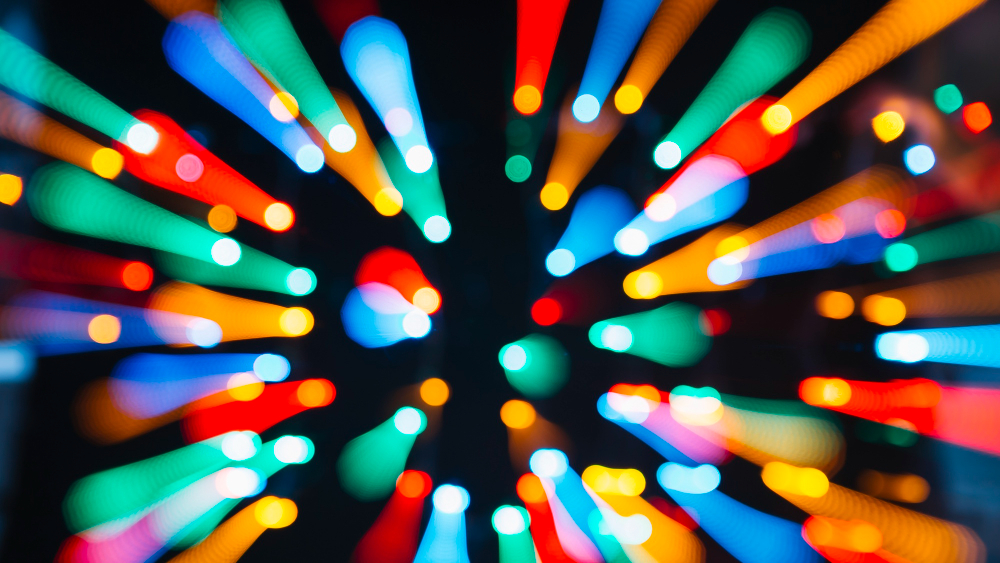
LED lights have emerged as a revolutionary choice for both residential and commercial spaces. Their energy efficiency, longevity, and versatility have made them increasingly popular. However, with a plethora of options flooding the market, it's essential to know how to identify the quality of LED lights. In this guide, we'll show you how to tell if LED lights are good or not. Let's learn 'How to Identify the Quality of LED Lights' so you can make better lighting choices.
One of the primary indicators of LED light quality is its lifespan. High-quality LEDs can last up to 25,000 to 50,000 hours or even more. This extended lifespan not only reduces the hassle of frequent replacements but also leads to substantial long-term cost savings.
Brightness is a critical factor when evaluating LED lights. It's measured in lumens (lm), and the higher the lumen rating, the brighter the light. To ensure you get the right brightness for your space, consider factors like room size and purpose. For instance, a bedroom may require softer, dimmer lighting compared to a workspace.
Color temperature, measured in Kelvins (K), determines the warmth or coolness of the light emitted by an LED bulb. Lower Kelvin values (e.g., 2700K) produce warm, yellowish light akin to traditional incandescents, creating a cozy ambiance. Higher Kelvin values (e.g., 5000K) emit cooler, bluish-white light, ideal for task-oriented areas like kitchens or offices. The choice largely depends on personal preference and the room's function.
CRI is a crucial metric for assessing LED light quality, especially in settings where color accuracy matters, such as art studios, showrooms, or retail spaces. It measures the LED's ability to accurately represent colors compared to natural light. A higher CRI rating, typically above 80, ensures that objects appear true to color under the LED illumination.
One of the standout features of LED lights is their energy efficiency. They consume significantly less electricity compared to traditional lighting sources, leading to reduced energy bills and a smaller carbon footprint. When evaluating LED quality, check for the ENERGY STAR certification, which indicates compliance with stringent energy efficiency standards.
Dimmable LED lights offer versatility in lighting design. They allow you to adjust the brightness to create various atmospheres and conserve energy when full brightness is unnecessary. When considering dimmable LEDs, ensure compatibility with your existing dimmer switches or invest in LED-specific dimmers for optimal performance.
Flickering lights can lead to discomfort, eye strain, and even headaches. High-quality LED lights are designed to operate without noticeable flicker, providing a consistent and comfortable lighting experience. Look for LEDs labeled as "flicker-free" or those with a high-frequency driver.
LED lights should be built to withstand various environmental conditions. Look for LEDs with robust construction, including durable housings and proper heat management systems. This ensures longevity and consistent performance even in challenging settings.
LED lights not only reduce energy consumption but also contain fewer hazardous materials compared to traditional bulbs, making them environmentally friendly. Additionally, their longer lifespan reduces the number of discarded bulbs, further minimizing environmental impact.
Read More:
In the quest to identify the quality of LED lights, consider the following key factors:
By considering these factors and conducting thorough research, you can confidently select LED lights that not only meet your illumination needs but also contribute to energy savings and a greener planet. Illuminate your space with quality LEDs and embrace the future of lighting technology.
VOZWEI's LED indicators, available on led-indicator.com, offer high-quality lighting solutions. They stand out with their long lifespan, excellent brightness and clarity, durability, various color options, customization possibilities, energy efficiency, compliance with industry standards, and positive customer reviews. For those seeking reliable LED indicators for diverse applications, VOZWEI is a reputable choice.
Tel: +86-021-33555507
Email: [email protected]
Add: No.655 Jiujing Road, Songjiang District Shanghai, China, 201615